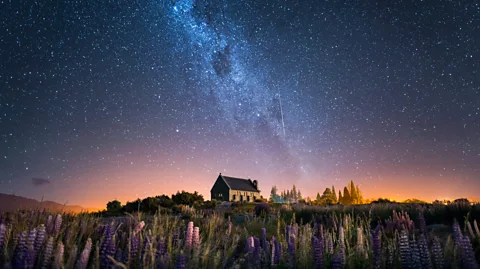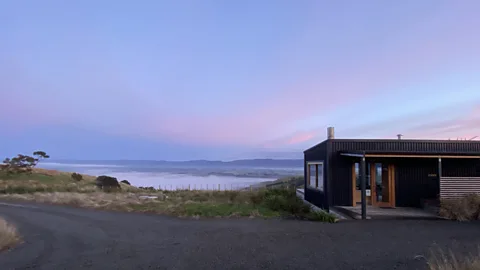Saving the night sky: New Zealand's craziest experiment yet?
 Arutthaphon Poolsawasd/Getty Images
Arutthaphon Poolsawasd/Getty ImagesThe Pacific nation's audacious bid to become the world's first dark sky nation might provide a blueprint for the rest of the world.
If Becky Bateman had to pick just one star out of the 3,000 you can typically see in the New Zealand night sky, she'd pick Arcturus, the brightest star in the Boötes constellation. It shines orange, for one thing. And, because of that, is statistically most likely to have life orbiting around it.
Most nights for the past two years, the astronomy guide has used a green laser pointer and collapsible Dobsonian telescope to show people around the night skies of the Wairarapa, a rural wine region in the south-eastern corner of the North Island. Year-round, the nomadic guide meets people in public parks, backyards and on the wild beaches of the South Wairarapa coast. During New Zealand's clement summer months, as wine tourism peaks, she can be found waving her pointer, like a Jedi, high above the bushy, green vines of the region's popular vineyards surrounded by stargazers sipping pinot noir.
Tours begin with an introduction to the Southern Cross and Milky Way and generally extend to chat about the origin of the universe and the fleeting time in which humans have occupied planet Earth. These days, as one of the Wairarapa's leading voices on the benefits of stargazing, Bateman is just as likely to end up urging guests to get behind the country's bid to protect the night sky. To her, a clear night's sky free from light pollution is one of the last wilderness frontiers facing the threat of extinction – and now is the time to act.
Bateman is not alone in thinking this way. In late 2019, the Pacific nation announced a plan to become the world's first dark sky nation at the New Zealand Starlight Conference in Tekapo. Conference delegates from around the world were concerned about the world's increasing light pollution and its proven negative effects on human health and nocturnal wildlife but were heartened by the exceptional quality of starry nights in New Zealand and the country's growing appetite for dark sky conservation. They agreed the plan was audacious but believed if New Zealand could pull off such a crazy experiment, it just might provide a blueprint for the world.
 Jacqui Gibson
Jacqui GibsonOn a recent winter evening, Bateman set up her telescope on the frosty porch of Whitimanuka Retreat. I'd hired her to me at an off-grid cabin I'd rented in the hills of a working sheep and beef farm about an hour's drive from my hometown of Wellington.
As the clouds cleared, Bateman unpacked and assembled her manual telescope, laid out half a dozen glass jars hand-painted red and filled with fairy lights (to subtly light our way while not obliterating our night vision) and set to work revealing the evening's constellations. Minutes into a description of where to find the Southern Cross (first, look for a kite-shaped constellation in the Milky Way), a shooting star flew across the sky.
"Oh, wonderful. Did you see that">window._taboola = window._taboola || []; _taboola.push({ mode: 'alternating-thumbnails-a', container: 'taboola-below-article', placement: 'Below Article', target_type: 'mix' });
